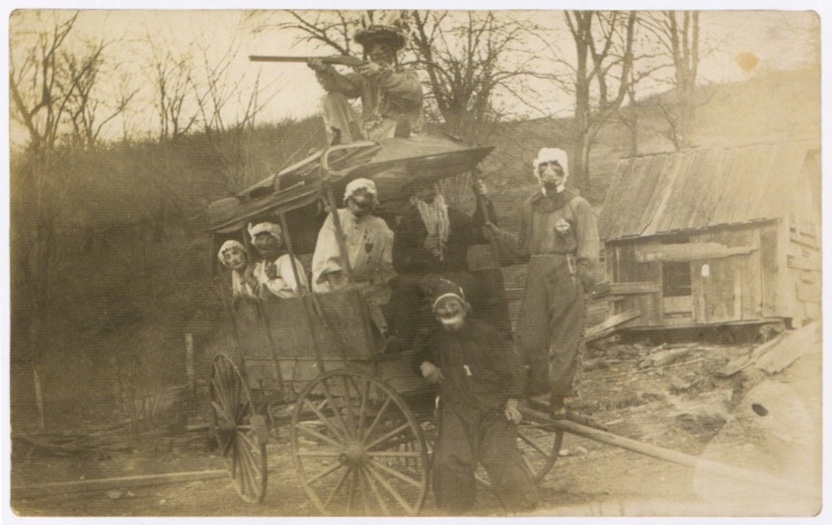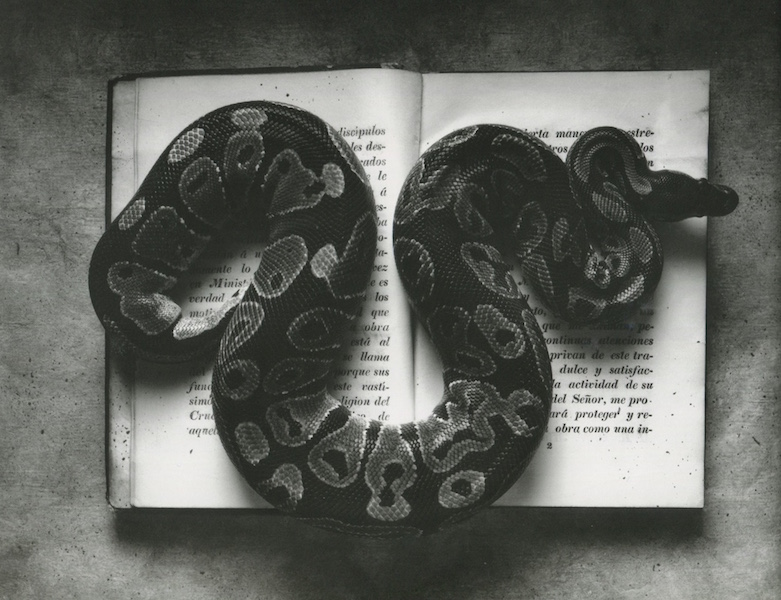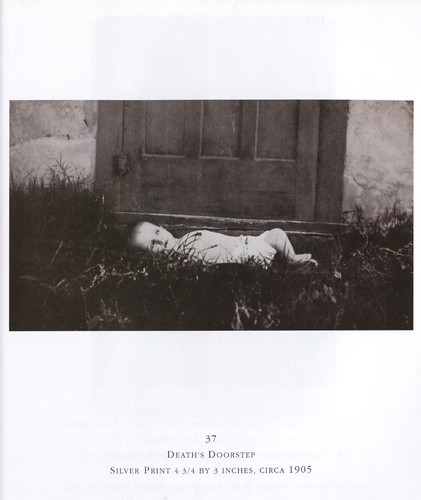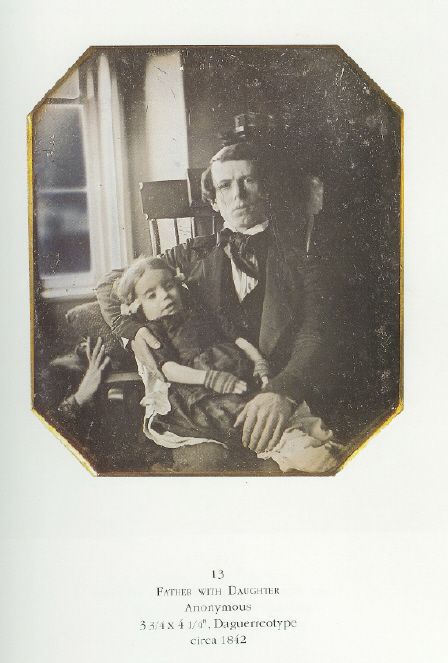Book: Haunted Air
Author/Photo Collector: Ossian Brown, with introduction by David Lynch, epilogue by Geoff Cox
Type of Book: Non-fiction, photography collection
Why Do I Consider This Book Odd: The photographs themselves are odd and unsettling, but this book came with unexpected (and sort of gross) surprises. Plus this book links David Lynch and the dude from Coil together and that has some odd potential.
Availability: Published by Jonathan Cape in 2010, you can get a copy here:
If you live in the UK, it may be cheaper to get a copy here.
Comments: Sometimes the story of how I obtain a book is odd, though the story behind how I came to own this particular title is grimly predictable. Periodically, I will wake in the middle of the night and will take a sleeping pill to go back to sleep. This is problematic because I must take a Lunesta every night to sleep at all and am generally not really “awake” when I wake and take the second pill. Under the influence of double the dose I need to take, I will sometimes not go back to sleep. Sometimes I open my iPad and order strange fabric collections or, as you can guess, a load of books. I don’t know I’ve done this until I receive the shipment and wonder why it was sent and go online and see that I was shopping at four in the morning, ordering stuff from sites where my credit card is evidently stored in my account information.
And that’s how I came to own Haunted Air. Interestingly, I picked out books from my “wish list” so every book I ordered was something I wanted and none of them were too expensive, which was good since I ordered nine books. Since then I have kept my prescription anywhere other than the drawer of my bedside table and this hasn’t happened in about a year. I mention all of this because I personally find it creepy when I find evidence that I was moving around, engaging in activities I commonly associate with consciousness, when I was supposed to be sleeping. But given the popularity of hypnotics as sleep aids, this may not be creepy to others, especially Ambien users who wake to find they ate entire boxes of cereal with their hands or drove their car up to the Wag-a-Bag, executed a perfect parallel parking job, walked back home and went back to bed. Ordering books in an altered state of consciousness by most standards is vaguely creepy but largely benign.
That sort of describes this book, if you take out the “vaguely” and replace it with “rather.” This book really is rather creepy but largely benign, with any ill-intent coming from the reader herself. Ossian Brown has an impressive collection of old Halloween photos. The front page calls it “Hallowe’en” and the photos date from 1875-1955. I only mention the use of the precise but twee “Hallowe’en” because I really wanted to include this video wherein a Chloe Sevigny impersonator pronounces the word as written.
Back to the book. It occurs to me that the main reason this book is so creepy is because everyone takes about ten photos a day on their phone and so many of us are so very curated in how we appear, even when we disguise ourselves to celebrate pagan holidays. Endless Instagrams of intricate make-up jobs, exquisite costumes, spider-leg cupcakes straight from the latest Martha Stewart Living fall edition. We are hyper-aware of ourselves even when we appear candid. I personally won’t post photographs online if I find there is too much cat hair on the carpet or sofa, unless the purpose of the photo is to document the cat hair and even then I may use a filter.
So it’s unnerving to see people so nakedly and without guile wearing paper or burlap bags fashioned into masks. Church ladies with their hair up and their dresses buttoned to their necks wearing paper mache masks in scenes that are wholesome as wheat bread yet reminiscent of the set of The Texas Chainsaw Massacre. That sort of messy, archaic, unmatched, unincorporated Halloween is not a part of any American’s landscape any longer and the viewer of such photos can find herself in an uneasy place, understanding she is assigning a malignancy to plain-spun activities that was not intended by those in the photographs yet unable to stop herself from imagining someone in such a mask stabbing her to death.
Most of the photos in this collection are nightmare fuel. They are raw and primal, with a humble intensity that still surprises me when I revisit the photos. Here are some of the ones that set my teeth on edge.



